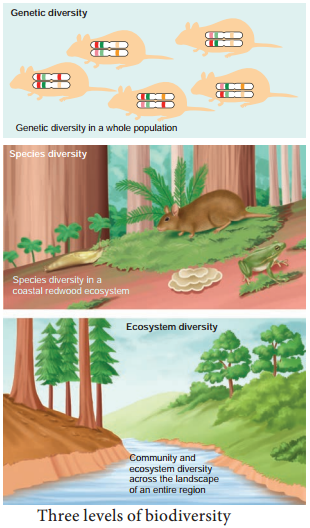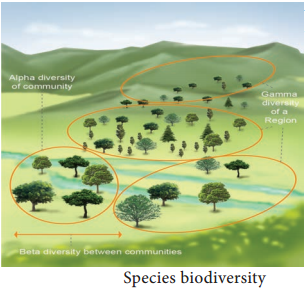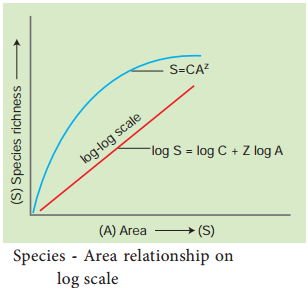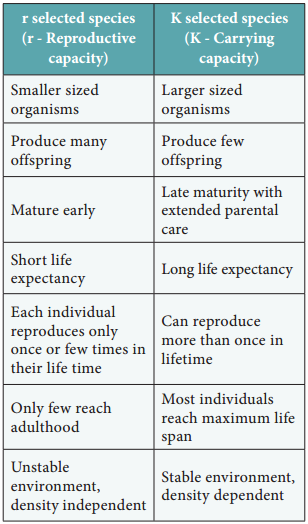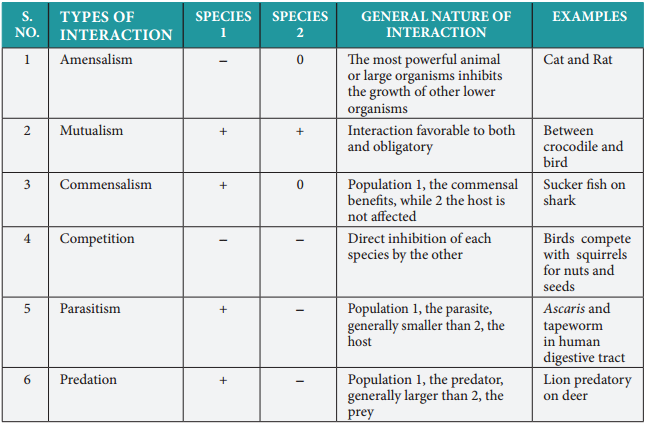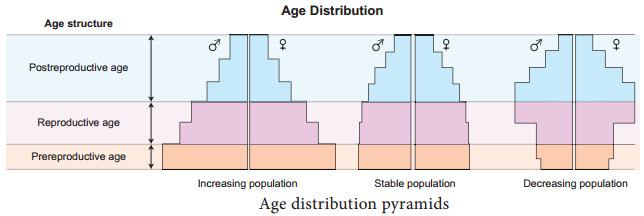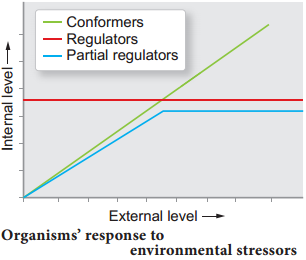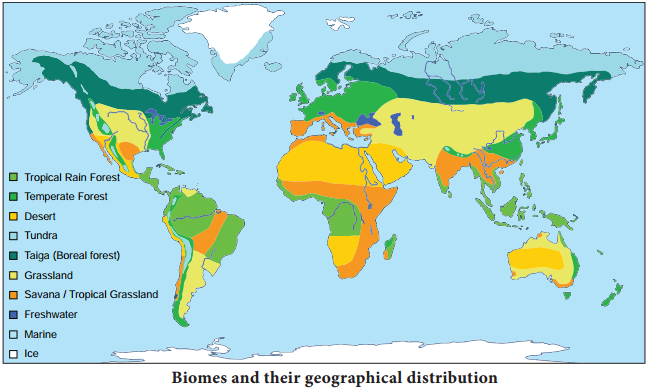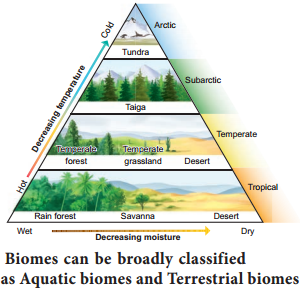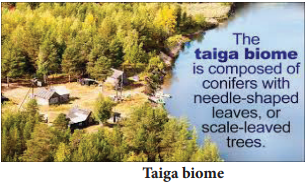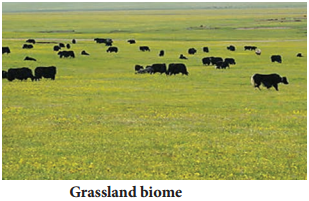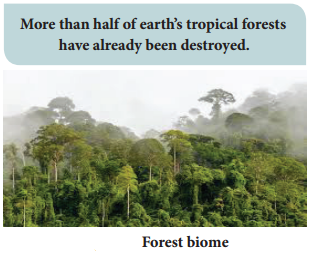Learninsta presents the core concepts of Biology with high-quality research papers and topical review articles.
Importance Of Biodiversity – Global And India
Biodiversity is the variety of life on earth. That is, it is the number of different species of flora and fauna including microorganisms. These organisms can inhabit different ecosystems with varying conditions like the Rainforests, Coral reefs, Grasslands, Deserts, Tundra and the Polar ice caps. This variety (Biodiversity) is essential for the wellbeing of our planet and sustenance of life as a whole.
Ecologist Paul Ehrlich proposed the ‘Rivet Popper Hypothesis’ for better understanding the loss of each species in the ecosystem. He compared each species of an ecosystem with rivets in the body of an aeroplane. Thousands of rivets (species) join all the parts of an aeroplane (ecosystem). If every passenger travelling in the aeroplane starts taking rivets home (loss of species), initially it may not affect flight safety (proper functioning of the ecosystem).
However, the plane becomes dangerously weak over a period of time, when more and more rivets are removed. Moreover, which rivet is removed is also important. When the key rivets (removal of key stone species) on the wings of the aeroplane are removed, undoubtedly it poses a serious threat to the flight safety. Thus we understand the role of every species for the harmonial function of an ecosystem.
The importance of biodiversity can be viewed and measured as:-
- Ecosystem services
- Biological resources
- Social benefits of biodiversity
The organization and functioning of ecosystems world over is effected and dependent on biodiversity and its richness. The major functional attributes are:
- Continuity of nutrient cycles or biogeochemical cycles (N2, C, H2O, P, S cycles)
- Soil formation, conditioning or maintenance of soil health (fertility) by soil microbial diversity along with the different trophic members increases ecosystem productivity and provide food resources.
- Act as water traps, filters, water flow regulators and water purifiers (forest cover and vegetation)
- Climate stability (forests are essential for rainfall, temperature regulation, CO2 absorption, which in turn regulate the density and type of vegetation).
- Forest resource management and sustainable development
- Maintaining balance between biotic components
- Cleaning up of pollutants – microbes are the biggest degraders of molecules including many anthropogenic ones which are present in effluents, sewage, garbage and agro-chemicals.
- Ecological stability – the varieties and richness of species contribute to ecological stability and survival of species.
- Biodiverse regions are reservoirs of biological resources like food resources, gene pool, genetic resource, medicinal resources, bio-prospecting.
- To provide unique aesthetic value and hot spots for Ecotourism. Along with forest resources and wildlife it has commercial significance.
- An indicator of the health of the ecosystem. Endemism is a crucial indicator of richness.
